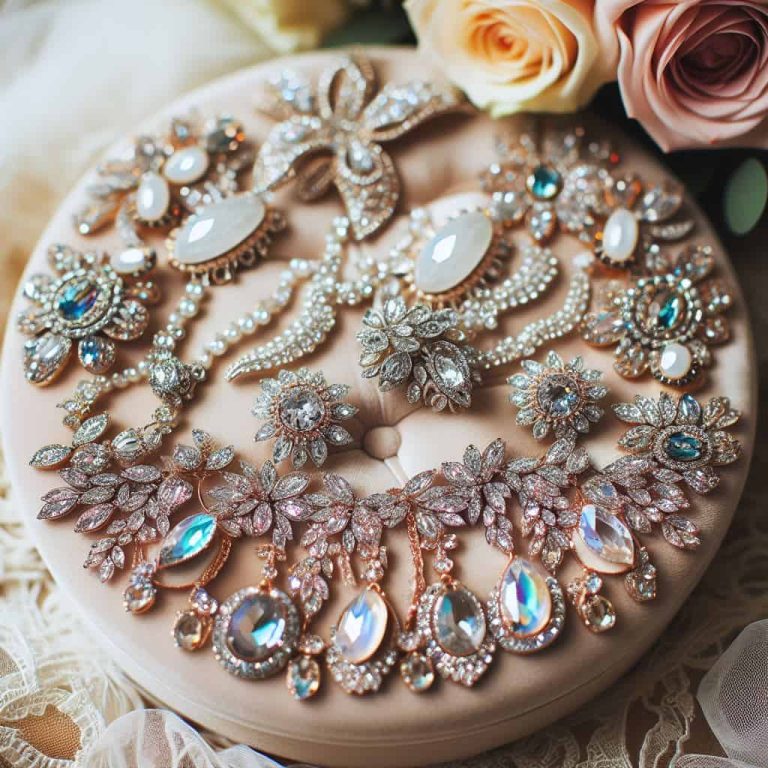Where Are Rubies Found? Beautiful Red Stones of the Earth
Where Can Rubies Be Found?

Pricing can also fluctuate greatly depending on its production area.
Different production areas produce rubies with different colors, shine, and a completely different look.
There are various differences such as a strong red colour, a strong pink colour, a black tint, vividness and shine.
RUBY PRODUCTION AREA
Here’s a list of the top 4 typical ruby production area in order of popularity.
- 1st: Mogok (Myanmar)
- 2nd: Sri Lanka
- 3rd: Thailand
- 4th: Mozambique
WHAT ARE MOGOK RUBIES?
Rubies from Mogok have an overwhelming presence in the ruby industry.
A beautiful untreated mogok ruby can be sold for USD$25,000 per carat.
Even for an accessory-level quality Mogok product, it is priced at about $2000 per carat.
Depending on the quality, the price difference can vary up to 10 times.
The production area is important, but it is the quality of the gems mined there that give way to its exorbitant price and value.
The mining of Mogok rubies in Myanmar started in the 15th century and continues even to this day.
Characteristically, it has a soft red colour, which is the highest quality of this red-colored gemstone.
The finest sapphires from Kashmir and the finest emeralds from Colombia have a similar softness.
Not only does it shine strongly and beautifully, you can also feel a soft and tenderness to it.
Rubies mined in Myanmar are overwhelmingly high-quality.
Today, high-quality, large-grained products are rarely produced and are priced at a premium.
FEATURES OF MOGOK RUBIES
The characteristic of rubies from Mogok is its tender softness.
It shows strong fluorescence when exposed to UV lighting – this is due to the fact that there are little to none impurities in the iron.
In terms of high quality, the color is dark yet highly transparent.
WHAT ARE SRI LANKAN RUBIES?
Unlike the rubies found in other regions, Sri Lankan rubies have a distinctly lighter pink colour.
A Sri Lankan ruby is essentially a red coloured gemstone, which is only second to a diamond in hardness.
WHAT ARE THAI RUBIES?

Thailand is a well-known centre of ruby polishing and trading.
As is the case with diamonds, the place of production and the place of polishing are different. Ruby from Mogok is basically brought to Thailand, where it is cut and polished.
With that background, ruby is a very important gem for Thailand.
Although rubies have been produced in Thailand for a long time, the reason how Thailand-produced rubies came to the market was due to advances in color improvement technology by heating.
In addition to the production of beautiful rubies by heat treatment, Burma’s nationalization of this gem caused a dramatic decrease in the number of Burmese rubies in the market. This caused Thai rubies to fill the market void.
FEATURES OF THAI RUBIES
Just pay attention to the color of Thai ruby quality.
Thai rubies are roughly divided into three types.
- Red
- Red purple
- Reddish purple
Red rubies from Thailand are very beautiful, and some are even comparable to the rubies from Mogok.
However, even with a beautiful deep red, some may be too dark and have low transparency.
Next is red purple, which is a colour characteristic of rubies from Thailand.
When it comes to a reddish purple, it appears greyish blue.
WHAT ARE MOZAMBIQUE RUBIES?
Mozambique rubies are relatively new and have been around for 10
The price of gems are reliant on their traditional value. When the quality of rubies from Mozambique are recognized in the market, its ranking will change.
Heat Treatment of Rubies

Heat treatment of rubies have been performed since ancient times.
Most rubies on the market today are heat treated.
Less than 5% of natural rubies enter the market without being processed.
These untreated rubies are extremely rare and results in a very high price tag.
DEVELOPMENT OF HEAT TREATMENTS

The heat treatment of gems have been practiced for centuries.
In ancient Egypt, the excavated treasure once belonging to King Tutankhamun was found to be evidence of heat treatment.
In the ancient times without the well-equipped facilities of the present, gemstones were heated in a furnace over an extended period of time by charcoal, etc., and were treated to change from a pale color to a bright red.
Even today, these primitive heating methods are still used in some parts of Cambodia and Thailand and have succeeded in rejuvenating the beauty of gems.
It has traditionally been said that heating is necessary to maximize the transparency and color of jewelry.
And with the times and the evolution of science, researchers have created new ways to heat gemstones.
In the late 1960s, gemologists around the world started a new study of natural sapphire producing a dull blue-green color similar to artificial sapphire.






